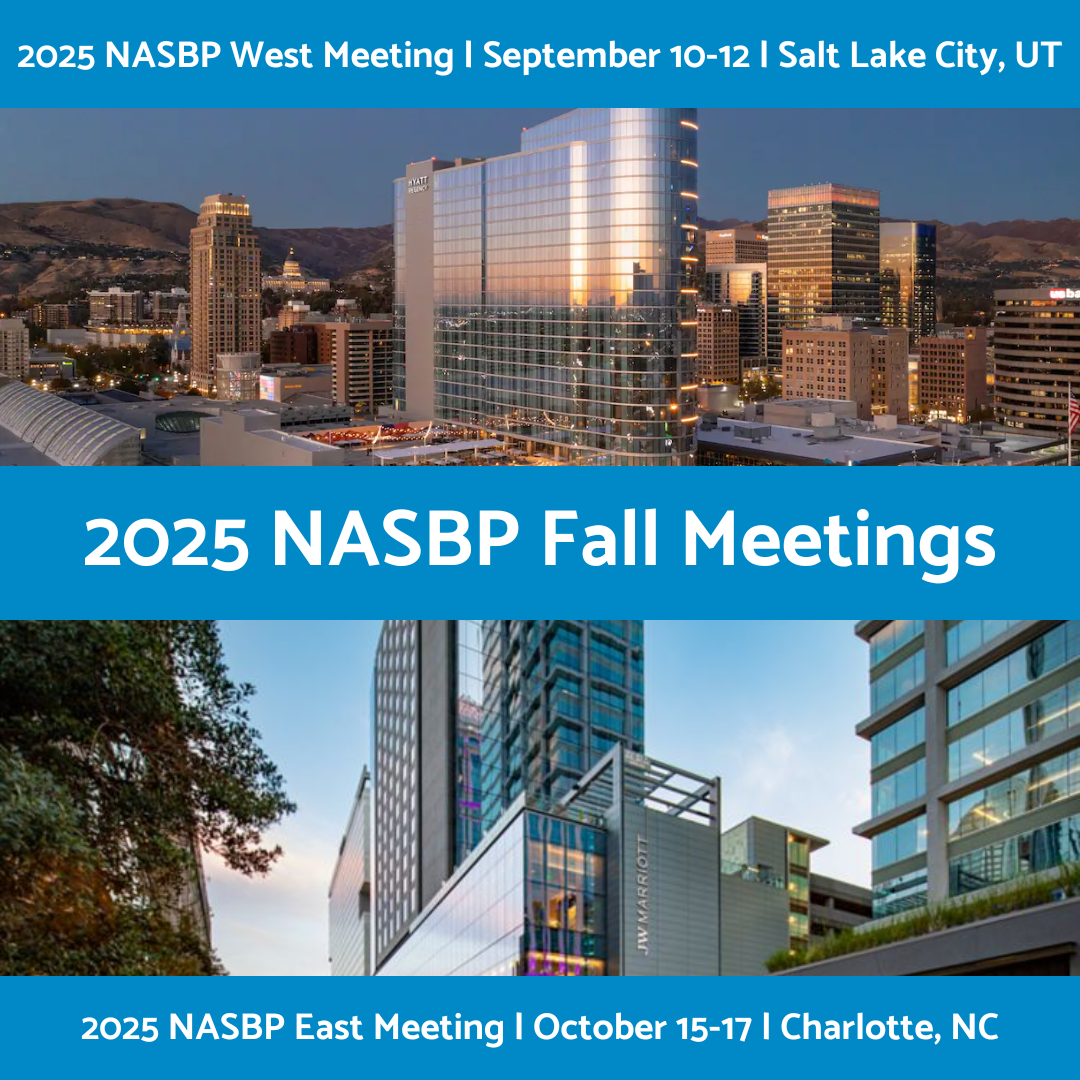Subcontract Bonds: Four Times When General Contractors Need Subcontractor Bonds
By Darrel K. Lamb of Old Republic Surety Co.
Rock icon and philosopher Neil Young once wrote, “The devil fools with the best-laid plan.”
 In accordance with that wise tenet, bond producers who represent general contractors must consider what tools are available to assist the general contractor in mitigating the risks that can occur in subcontracting.
In accordance with that wise tenet, bond producers who represent general contractors must consider what tools are available to assist the general contractor in mitigating the risks that can occur in subcontracting.
Here are four times when a general contractor (GC) should consider requiring a subcontractor bond on a project.
1. When the work is unique and requires a specialist who is not easily replaced.
I know a GC who as a rule will require elevator subcontractors to provide performance and payment bonds on projects. The elevator subs are excellent at their trade, but they’re also in short supply and answer to many general contractors.
Bonding back the subcontractor, as the practice is called, gives the GC leverage. First, the surety bond helps to ensure that the elevator sub will show up when the GC’s schedule dictates. Second, the surety bond provides the GC financial protection because elevator subs often request payment at the beginning of a project, but they typically arrive much later in the schedule. They may hold the GC’s money for many months before they ever start the work.
Those two reasons for bonding back apply to any subcontractor whose work is highly specialized while there is a limited pool of subs to get that work performed.
2. When the work contains upward design risks.
Certain key subcontractor trades (such as electrical, HVAC, and fire suppression systems) often control a scope of the project that contains design liability that flows uphill to the GC. In many cases these complex systems provide additional risk in the project that can magnify the risk and expense of a default. Bonding back these subcontractors provides comfort that the subcontractors’ sureties have evaluated their experience and financial strength to complete their contracts.
3. When the financial integrity of the subcontractor is in question.
What does the GC really know about the new drywall sub it just heard about? Asking for a bid bond from subcontractors can be a part of the GC’s prequalification process.
The bond producer can be of great help in this process for the GC client by helping to evaluate the carriers and limits provided with these bid bonds and recommending which subcontractors, if any, should be bonded back.
While this process can help provide some comfort that an independent evaluation has occurred, the bid bond alone does not provide a guarantee of performance or assure that the subcontractors’ bills are paid. When in doubt, for a mere 1% to 3% of the subcontract price, the GC can ask that the subcontractor provide a performance and payment bond.
The bond removes the risk of subcontractor default from the general contractor and transfers it to the subcontractor’s surety company. That gives the GC peace of mind, knowing that, if a bonded subcontractor stumbles, the impact of that stumble does not fall on the general contractor.
4. When the capacity of the general contractor needs to be expanded.
A recommendation from the GC’s surety is probably the most common reason that subcontractor bonds are written. If the GC is taking on a particularly large project or perhaps has a large backlog of average-sized jobs, the surety for the general contractor will often find comfort in providing additional capacity for the contractor if that contractor manages its own risk through subcontractor bonding.
Neil Young also once sang, “It’s going to take a lot of love to make things work out right.” He might be correct. When it comes to construction and managing a project to successful completion, it is surety bonds that provide the love to help make things work out right. #suretybondsarelove
 Darrel K. Lamb, CPCU, AFSB is a Regional Vice President in Portland, Oregon, for Old Republic Surety Co., an A.M. Best A+ rated carrier member of Old Republic Insurance Group. Lamb oversees five contract offices working with agents in Oregon, Washington, Alaska, Hawaii, Idaho, Montana, California, and Utah. He has 30 years of surety experience. He can be reached at dlamb@orsurety.com or 503.972.8111.
Darrel K. Lamb, CPCU, AFSB is a Regional Vice President in Portland, Oregon, for Old Republic Surety Co., an A.M. Best A+ rated carrier member of Old Republic Insurance Group. Lamb oversees five contract offices working with agents in Oregon, Washington, Alaska, Hawaii, Idaho, Montana, California, and Utah. He has 30 years of surety experience. He can be reached at dlamb@orsurety.com or 503.972.8111.
Get Important Surety Industry News & Info
Keep up with the latest industry news and NASBP programs, events, and activities by subscribing to NASBP Smartbrief.




